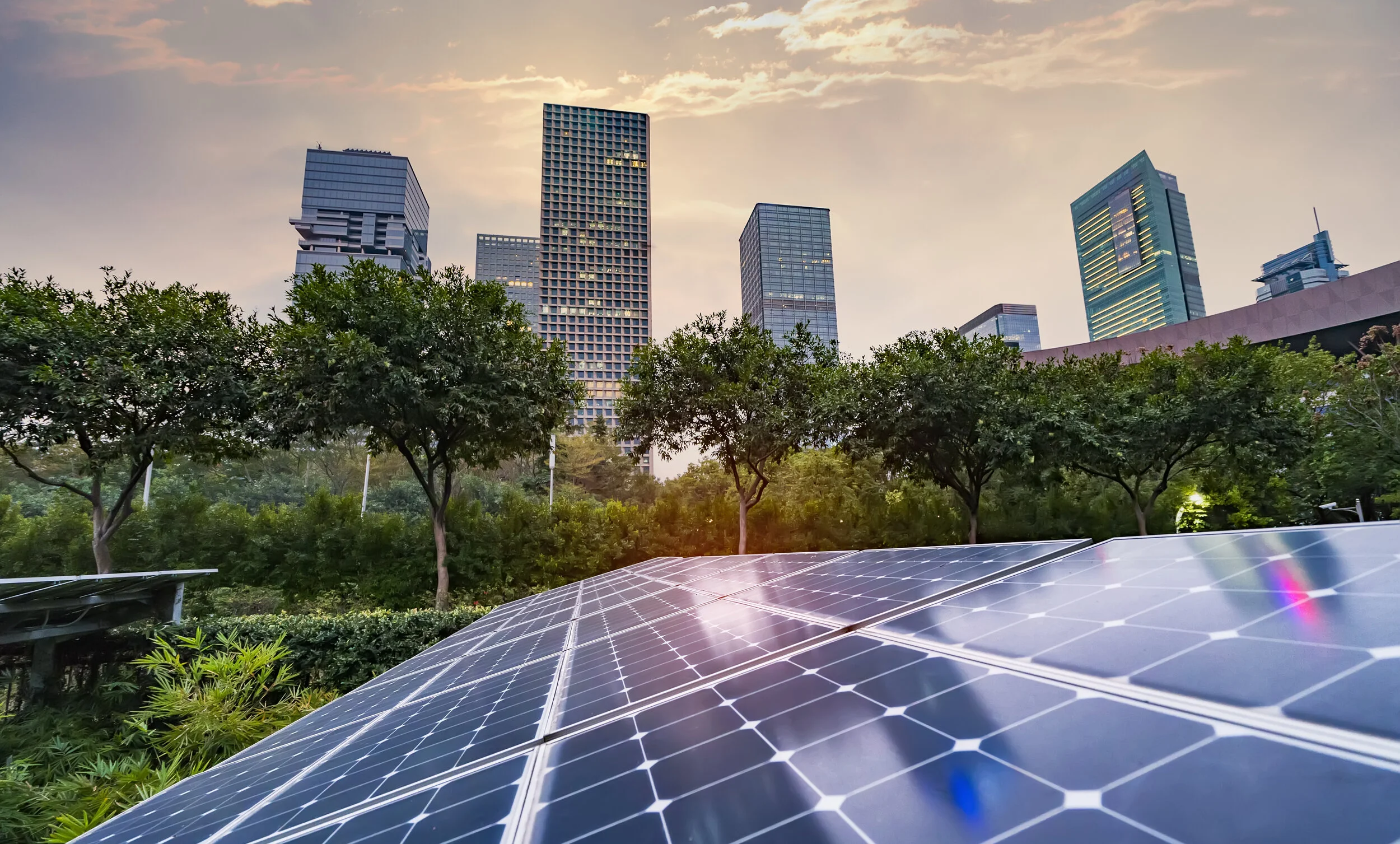Many in the energy sector exist to provide sustainable and dependable energy to local communities. But for many low- and middle-income families, reliable energy and a comfortable living space seems like an unobtainable luxury.
Of the $2,000 the average American spends paying for energy annually, $200 to $400 is often wasted due to inefficient systems and drafts. But whether the solution is replacing high-energy appliances or insulating an attic, energy efficiency upgrades are often cost-prohibitive. And spending personal finances on these projects can feel straining — especially when more than 36% of Americans rent their space.
Exploring new ways to upgrade energy
In the city of Minneapolis, a new pilot program proposal is gearing up to help push energy efficiency improvements without the commitment that has kept many from exploring the opportunity. The inclusive financing program, which follows the Pay as You Save (PAYS) structure, allows residents to borrow money for energy upgrades and pay it back on their monthly utility bill. Most significantly, customers would not need to meet income requirements or credit checks to enroll in the program. And all obligations would remain with the properties where investments were made, allowing individuals to leave or sell their space without the charges following them to their next property. This also allows the next tenant to benefit from the upgrade and reap the cost savings.
Related Content: Learn how renewable energy is building resiliency during COVID-19.
Addressing energy injustice
There is a high need for these types of programs — especially in Minneapolis, where Black families earn only 44% of what White families make. Black families also only make up 25% of homeowners in the city, compared to 76% of White families (one of the lowest Black homeowner rates in the country). At the same time, field experts in the area believe that the city’s low-income neighborhoods are likely the most behind in energy improvements. But these upgrades feel unreachable when nearly one-third of U.S. households already struggle to pay their energy bills, and 11% keep their homes at an unhealthy temperature to manage costs.
PAYS financing covers qualifying upgrades and offsets proposed rate increases for many of these residents. It also addresses the split incentive problem for rental properties. According to the most recent American Housing Survey, there are nearly 48.5 million rental units in the United States. Many of these tenants do not want to invest in a property that they do not own. And landlords often have little incentive to invest in their rental properties. These programs offer a way for renters to pursue upgrades for their rental and save money on utilities, even if landlords ultimately benefit from the property improvements.
Communicating energy efficiency benefits
Many energy businesses have efficiency investment and incentivizing programs in place. And many have seen first-hand that the biggest efficiency gains come from investments in commercial and industrial energy conservations. But given the current climate of social justice today, the industry is continuing to pursue new ways to protect vulnerable populations and advance racial equity.
Promoting these programs requires an understanding that low-income populations often face housing challenges above and beyond reliable energy. Properties that need structural renovations or asbestos abatement prior to pursuing energy efficiency upgrades have an extra hurdle to leap before they can take advantage of program benefits. While some federal programs are available to assist in these circumstances, it’s important to consider that equitable energy is a multi-layered challenge — the process will not be one-size-fits-all.
Similarly, some households may be making do without certain necessities, such as warm water, heat or proper lighting. In these cases, energy efficiency programs may actually raise bills for these individuals as they regain use of utilities in their home that had been inaccessible before. Recognizing these nuances and adjusting language to address these challenges can help reach audiences who may struggle with financially backing these updates — and who could benefit from the program the most. Options similar to Minnesota’s Low Income Home Energy Assistance Program, which helps keep homes heated through the winter months, may be the first step for individuals who lack the finances to pay utility bills or repair broken systems.
Community advocates are connected to local voices and can help energy businesses effectively launch and promote these programs. These advocates, including community health workers, are trusted sources who can provide real-time insights into the unmet social needs and concerns of vulnerable populations in your area.
Related Content: Explore three ways to create engaging content in the energy sector.
Inclusive financing programs serve as a cost-effective, sustainable way to reduce monthly utility bills and improve living and working environments. Energy businesses that offer these types of programs don’t just share a mission to improve energy offerings — they show an interest in reducing members’ utility bills, creating local jobs and improving the homes and businesses where people live and work. They also support the belief that individuals should be able to live in their homes comfortably, regardless of their financial situation.
By bolstering energy efficiency and removing barriers that have kept certain populations from participating, these programs are a step toward supporting quality of life and improving the health of individuals in your community.
Looking to expand the new energy industry?
Explore our energy insights for emerging models
and communications tactics that connect.

